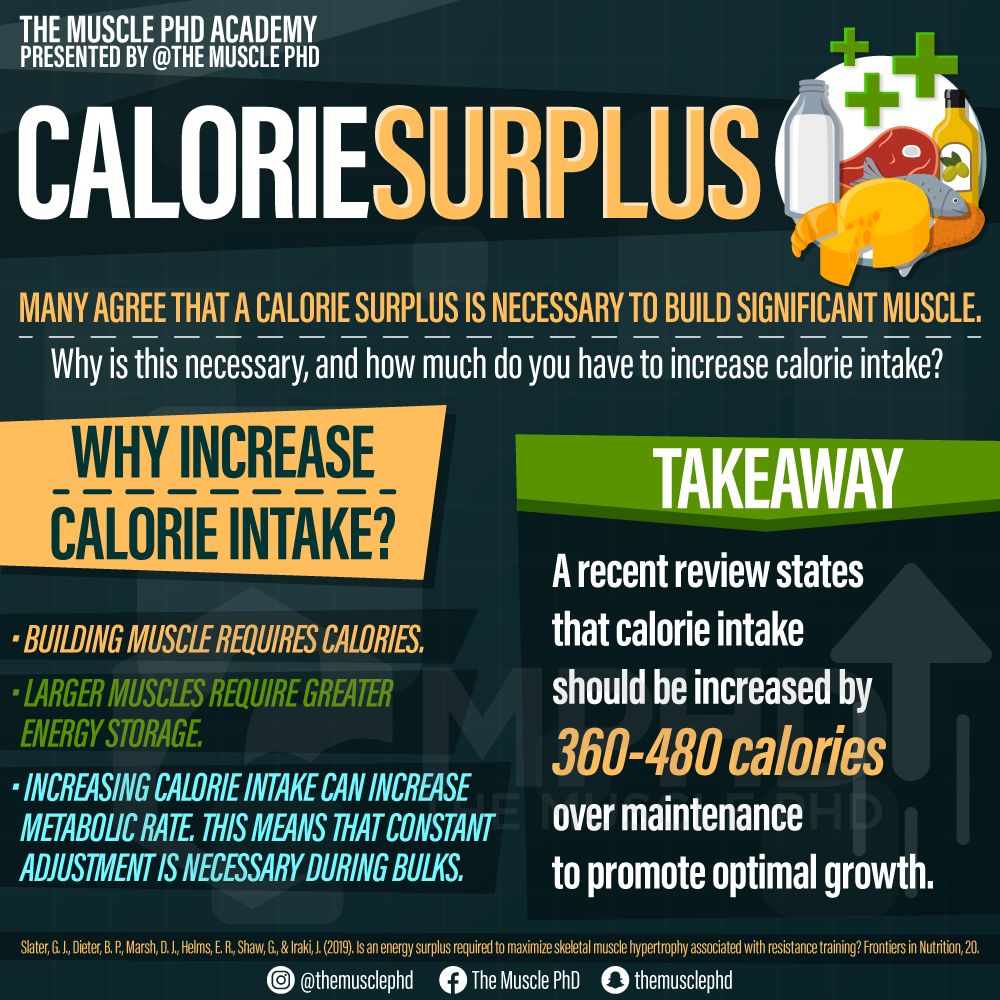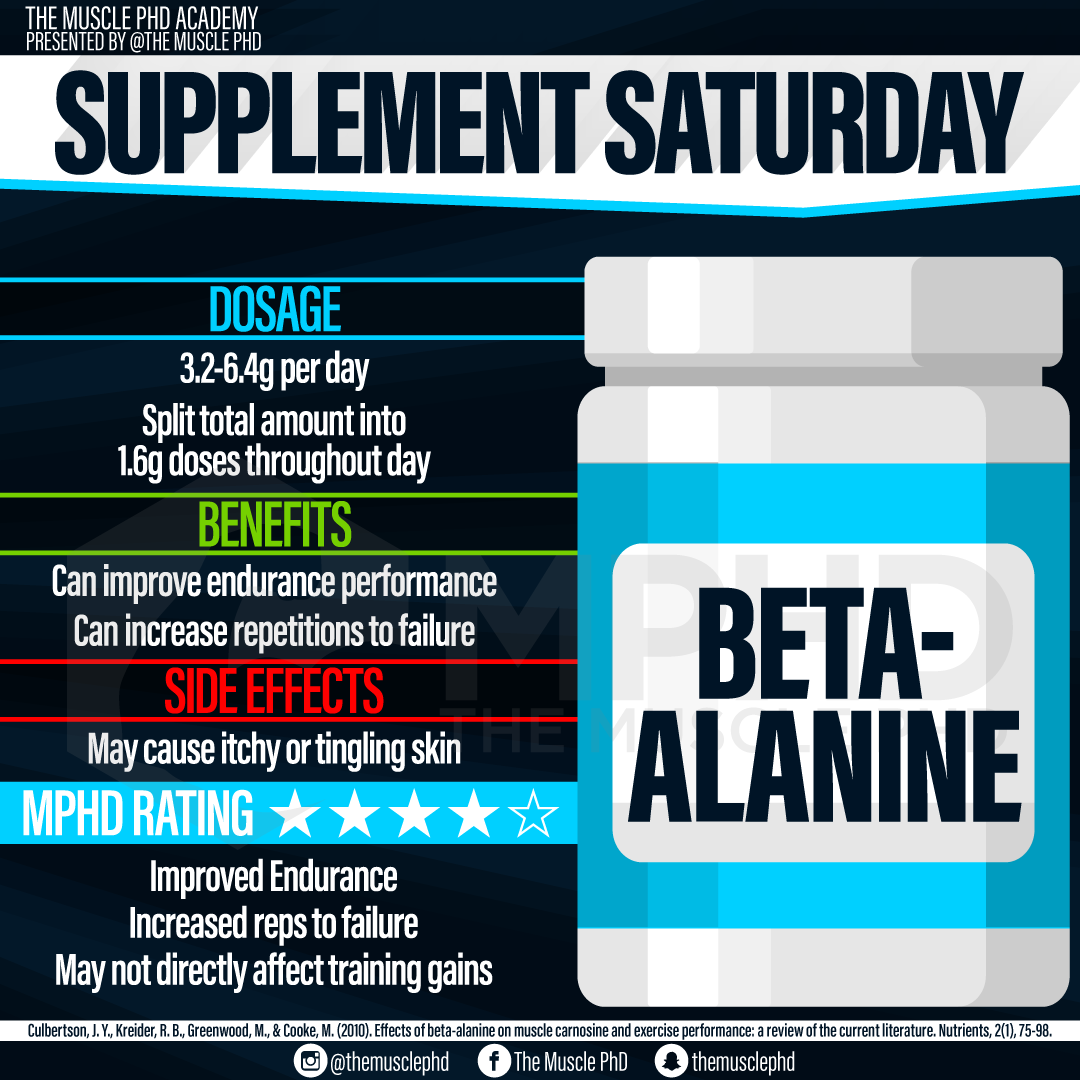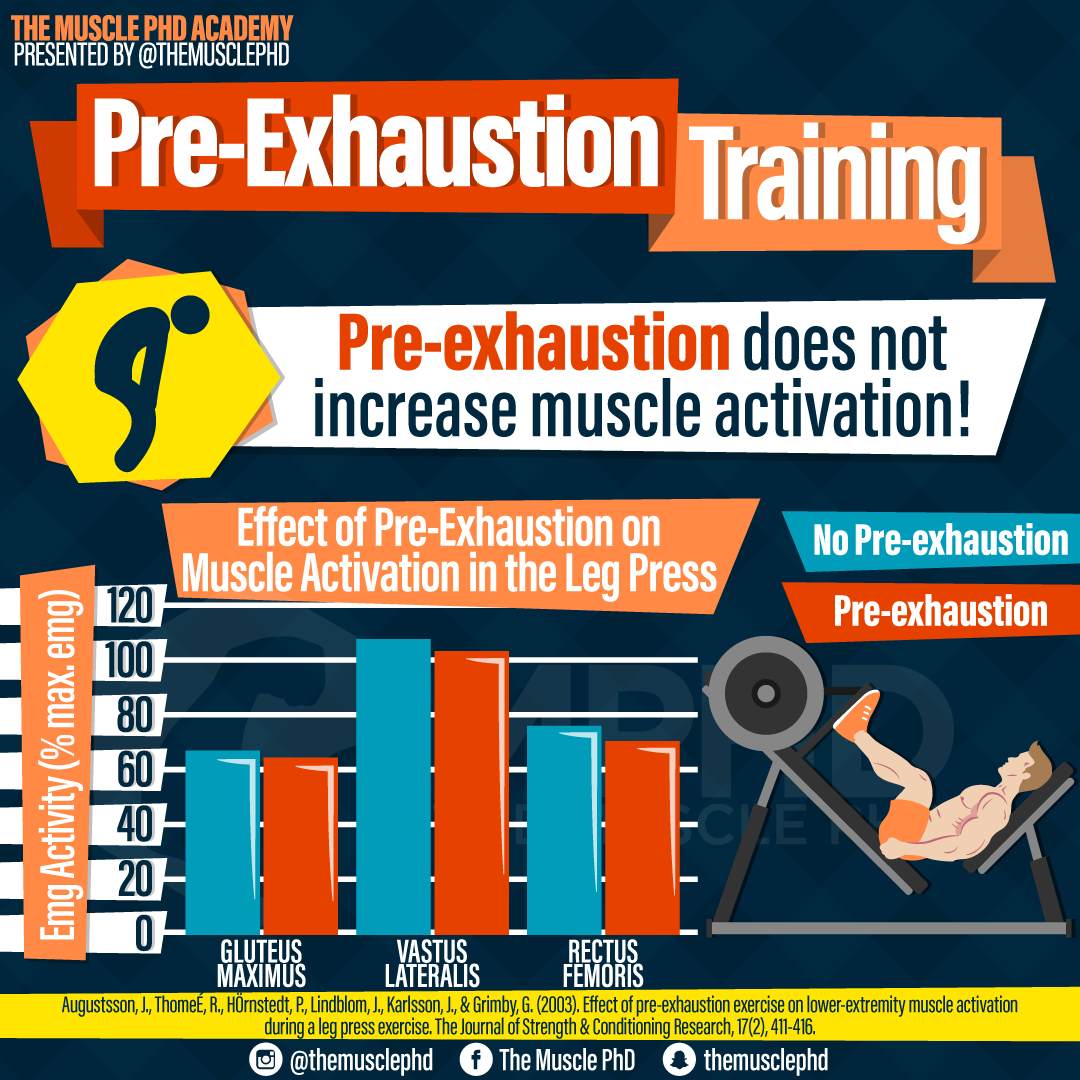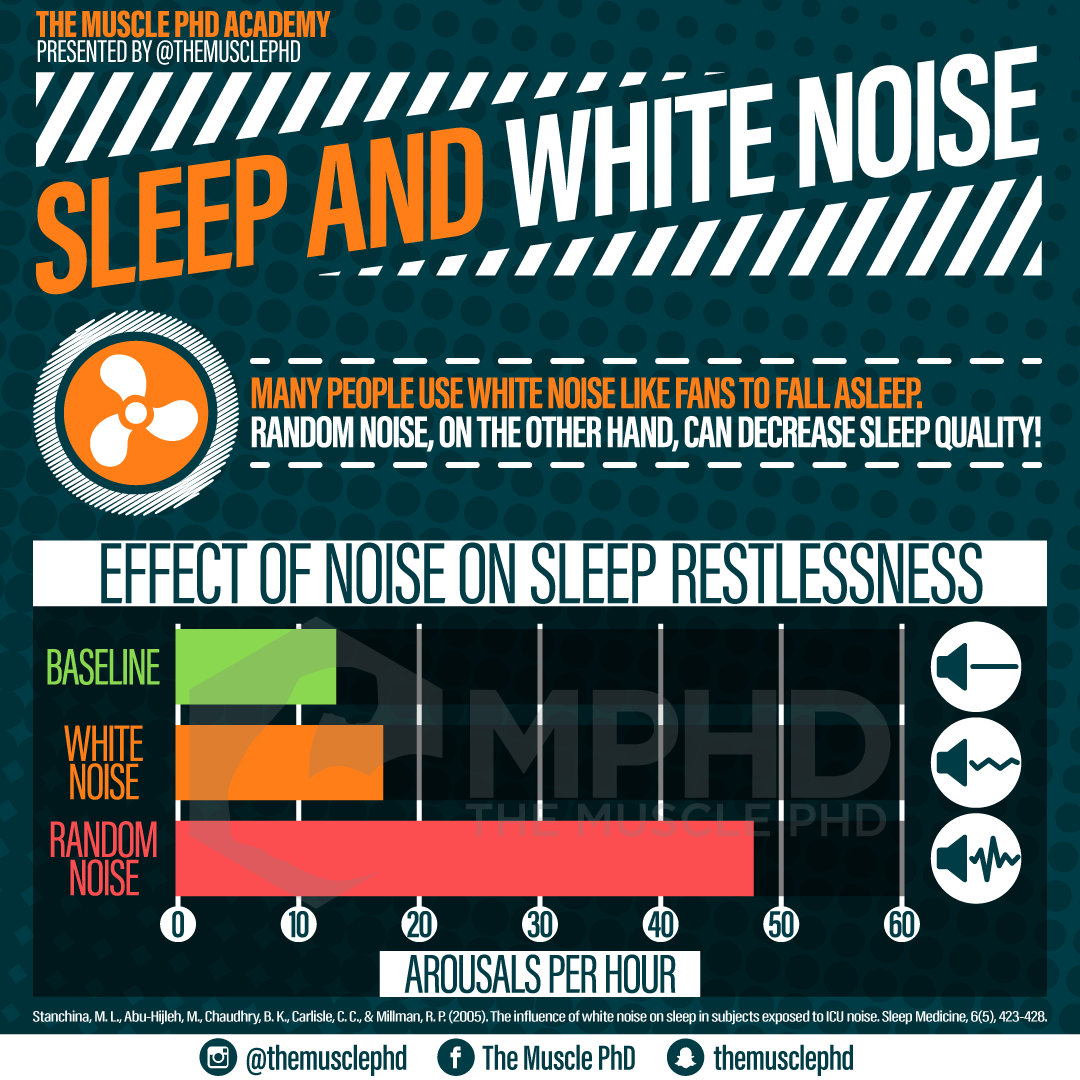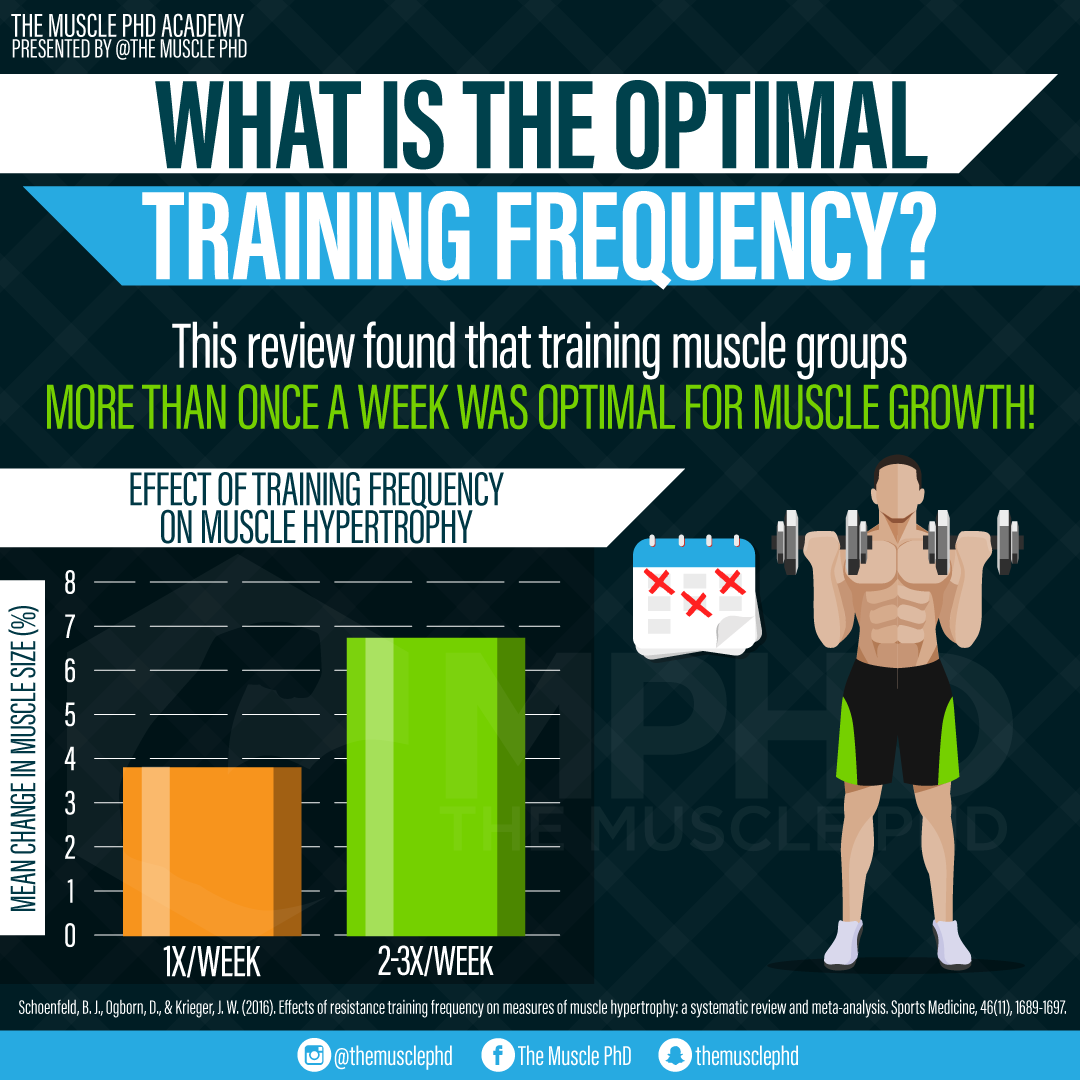Summary
Many bodybuilders question how many calories they truly need to gain muscle. While the age-old adage has been, “eat big to get big,” how BIG do you need to eat? Classically, bodybuilders have stuffed their faces until their eyes swelled shut. This method is certainly effective for adding slabs of muscle, but odds are, you’ll probably put on some fat in the process. So, what if you’d like to build some muscle, but stay relatively lean in the process?
This review aimed to answer just that question. In essence, the authors combed through the literature to try to uncover the exact “energy cost” of building muscle. Essentially, how many calories do you need to eat to support new muscle growth? All-in-all, their best estimate was that the energy cost of building muscle is around 360-480 calories a day. Therefore, if you’re looking to grow, you should eat at least 360-480 calories above your maintenance intake. If you’re bigger than most research subjects (which most bodybuilders are), I would imagine a safe bet would be to slide towards the higher end of that scale and I’d probably take it a step further and go with a simple 500-calorie surplus to keep things easier to track.
How do you know your maintenance calories? You can use this sample calculator here that will give you an estimate of both your BMR and total energy expenditure. Or, you can simply track your food intake for a week or so. Did you gain or lose weight? Probably not. Therefore, your average daily intake is probably pretty close to your maintenance calories. Once you have an idea of whereabouts your maintenance intake is, jump that bad boy up by about 500-calories.
Here’s where the fun starts. I’d weigh in about once a week; I like to pick a weigh-in day and weigh in right after waking up. If your diet is relatively consistent, this should be your best measure of true weight as weighing in at night can be affected by previous meals, hydration status, etc. Additionally, I’d try to find some sort of body composition analysis – whether it’s a bioelectric impedance device (scale or handheld), skinfold testing, or your gym’s InBody machine – it doesn’t really matter, just keep the measurement consistent. If you’re using bioelectric impedance, I like to take measurements upon waking for 3-days in a row then use that 3-day average for your body fat check-up. If your gym has an InBody, this tool can also give a pretty good estimate of your muscle mass as well, so you know both if you’re growing and what you’re growing.
As always, track your progress and don’t be afraid to switch things up if you stall after a few weeks or months. As you gain weight and continue to eat more food, your metabolism will likely increase and you’ll have to up your calorie intake again. If your weight plateaus for about a month or so, I’d add another 250-500 calories to your intake and track how you respond to that.
Based on:
Further Reading:


